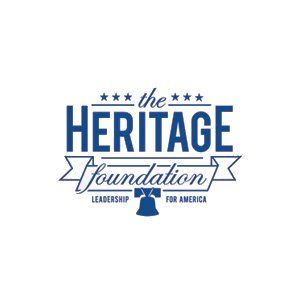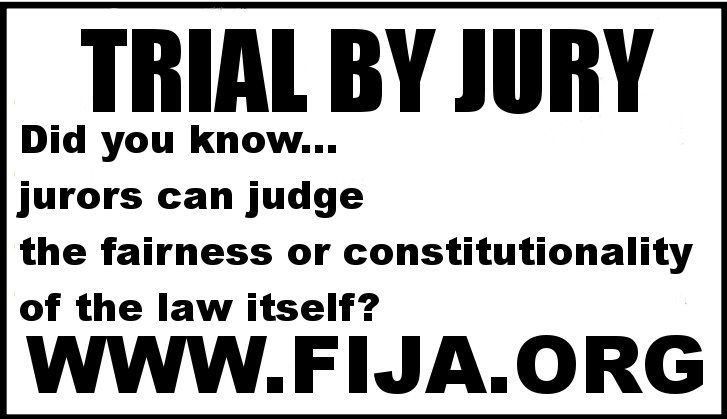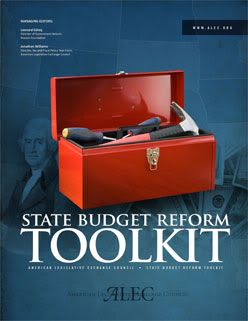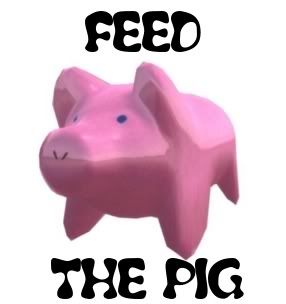At about 0600 on the morning of 8 November C Company began a move northwest toward Hill 65, while B Company moved northeast toward Hill 78. Shortly before 0800, C Company was engaged by a sizable enemy force well dug in to the southern face of Hill 65. At 0845, B Company was directed to wheel in place and proceed toward Hill 65 with the intention of relieving C Company.
B Company reached the foot of Hill 65 at about 0930 and moved up the hill. It became obvious that there was a large enemy force in place on the hill, C Company was getting hammered, and by chance, B Company was forcing the enemy's right flank.
Under pressure from B Company's flanking attack the enemy force—most of a People's Liberation Armed Forces (Viet Cong) regiment—moved to the northwest, whereupon the B Company commander called in air and artillery fire on the retreating troops. B Company halted in place in an effort to locate and consolidate with C Company's platoons, managing to establish a coherent defensive line running around the hilltop from southeast to northwest, but with little cover on the southern side.
Meanwhile, the PLAF commander realized that his best chance was to close with the US forces so that the 173rd's air and artillery fire could not be effectively employed. PLAF troops attempted to out-flank the US position atop the hill from both the east and the southwest, moving his troops closer to the Americans. The result was shoulder-to-shoulder attacks up the hillside, hand-to-hand fighting, and isolation of parts of B and C Companies but the Americans held against two such attacks. Although the fighting continued after the second massed attack, it reduced in intensity as the PLAF troops again attempted to disengage and withdraw. By late afternoon it seemed that contact had been broken off, allowing the two companies to prepare a night defensive position while collecting their dead and wounded in the center of the position. Although a few of the most seriously wounded were extracted by USAF helicopters using Stokes litters, the triple-canopy jungle prevented the majority from being evacuated until the morning of 9 November.
The result of the battle was heavy losses on both sides—48 Paratroopers dead, many more wounded, and 403 dead PLAF troops.
Operation Hump is memorialized in a song by Big and Rich named 8th of November (Introduction, by Kris Kristofferson):
| “ | On November 8th 1965, the 173rd Airborne Brigade on "Operation Hump", war zone "D" in Vietnam, were ambushed by over 1200 VC. 48 American soldiers lost their lives that day. Severely wounded and risking his own life, Lawrence Joel, a medic, was the first living black man since the Spanish-American War to receive the United States Medal of Honor for saving so many lives in the midst of battle that day. Our friend, Niles Harris, retired 25 years United States Army, the guy who gave Big Kenny his top hat, was one of the wounded who lived. This song is his story. Caught in the action of kill or be killed, greater love hath no man than to lay down his life for a friend. |
Read an account of the battle from John Holland.
Here is the official account of Lawrence Joel's Medal of Honor citation:
Rank and organization: Specialist Sixth Class (then Sp5c), U.S. Army, Headquarters and Headquarters Company, 1st Battalion (Airborne), 503d Infantry, 173d Airborne Brigade. Place and date: Republic of Vietnam, 8 November 1965, Entered service at: New York City, N.Y. G.O. No.: 15, 5 April 1967. Born: 22 February 1928, Winston-Salem, North Carolina.
Citation:
For conspicuous gallantry and intrepidity at the risk of life above and beyond the call of duty. Sp6c. Joel demonstrated indomitable courage, determination, and professional skill when a numerically superior and well-concealed Viet Cong element launched a vicious attack which wounded or killed nearly every man in the lead squad of the company. After treating the men wounded by the initial burst of gunfire, he bravely moved forward to assist others who were wounded while proceeding to their objective. While moving from man to man, he was struck in the right leg by machine gun fire. Although painfully wounded his desire to aid his fellow soldiers transcended all personal feeling. He bandaged his own wound and self-administered morphine to deaden the pain enabling him to continue his dangerous undertaking. Through this period of time, he constantly shouted words of encouragement to all around him. Then, completely ignoring the warnings of others, and his pain, he continued his search for wounded, exposing himself to hostile fire; and, as bullets dug up the dirt around him, he held plasma bottles high while kneeling completely engrossed in his life saving mission. Then, after being struck a second time and with a bullet lodged in his thigh, he dragged himself over the battlefield and succeeded in treating 13 more men before his medical supplies ran out. Displaying resourcefulness, he saved the life of one man by placing a plastic bag over a severe chest wound to congeal the blood. As 1 of the platoons pursued the Viet Cong, an insurgent force in concealed positions opened fire on the platoon and wounded many more soldiers. With a new stock of medical supplies, Sp6c. Joel again shouted words of encouragement as he crawled through an intense hail of gunfire to the wounded men. After the 24 hour battle subsided and the Viet Cong dead numbered 410, snipers continued to harass the company. Throughout the long battle, Sp6c. Joel never lost sight of his mission as a medical aidman and continued to comfort and treat the wounded until his own evacuation was ordered. His meticulous attention to duty saved a large number of lives and his unselfish, daring example under most adverse conditions was an inspiration to all. Sp6c. Joel's profound concern for his fellow soldiers, at the risk of his life above and beyond the call of duty are in the highest traditions of the U.S. Army and reflect great credit upon himself and the Armed Forces of his country.































0 comments :
Post a Comment